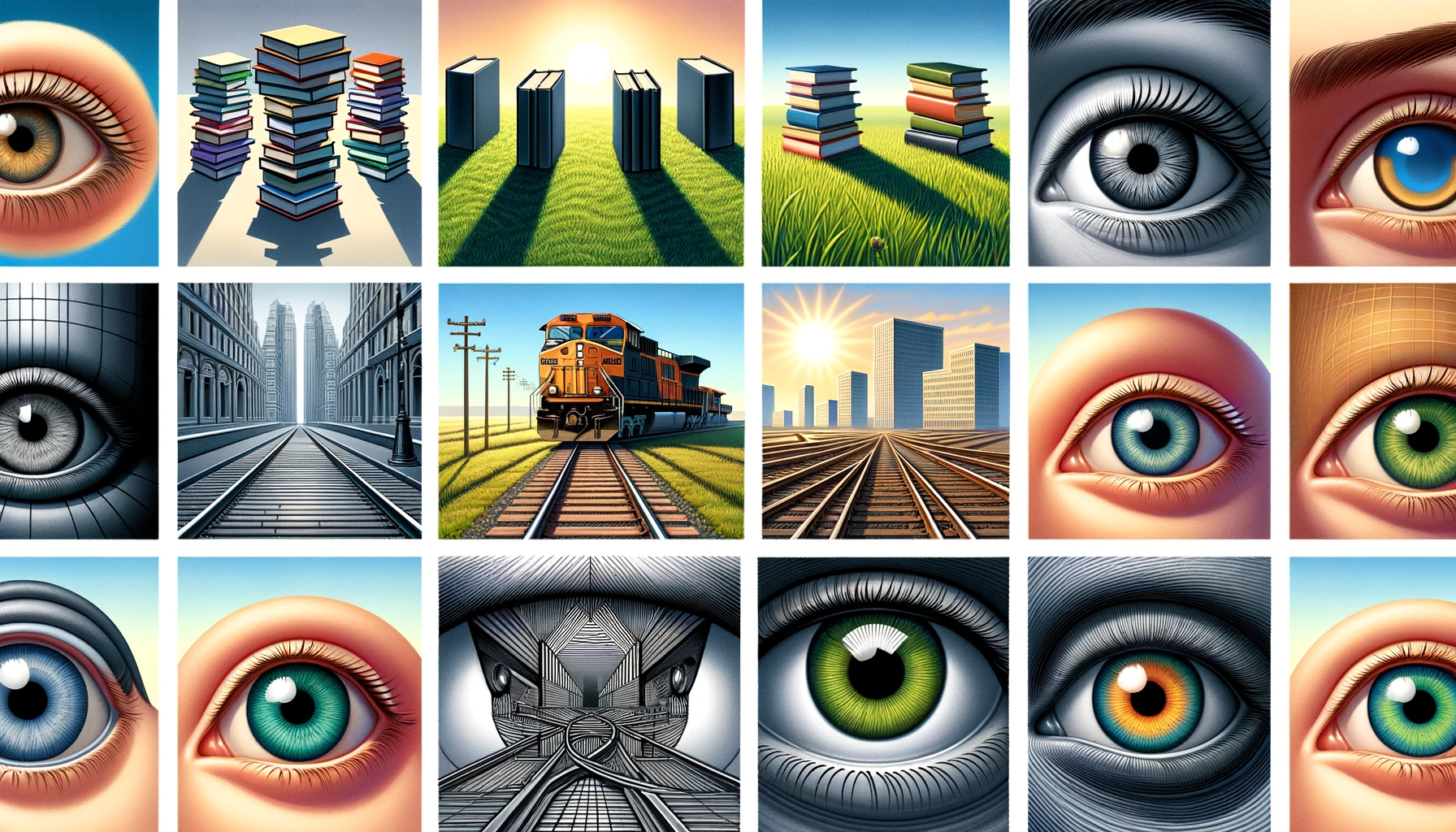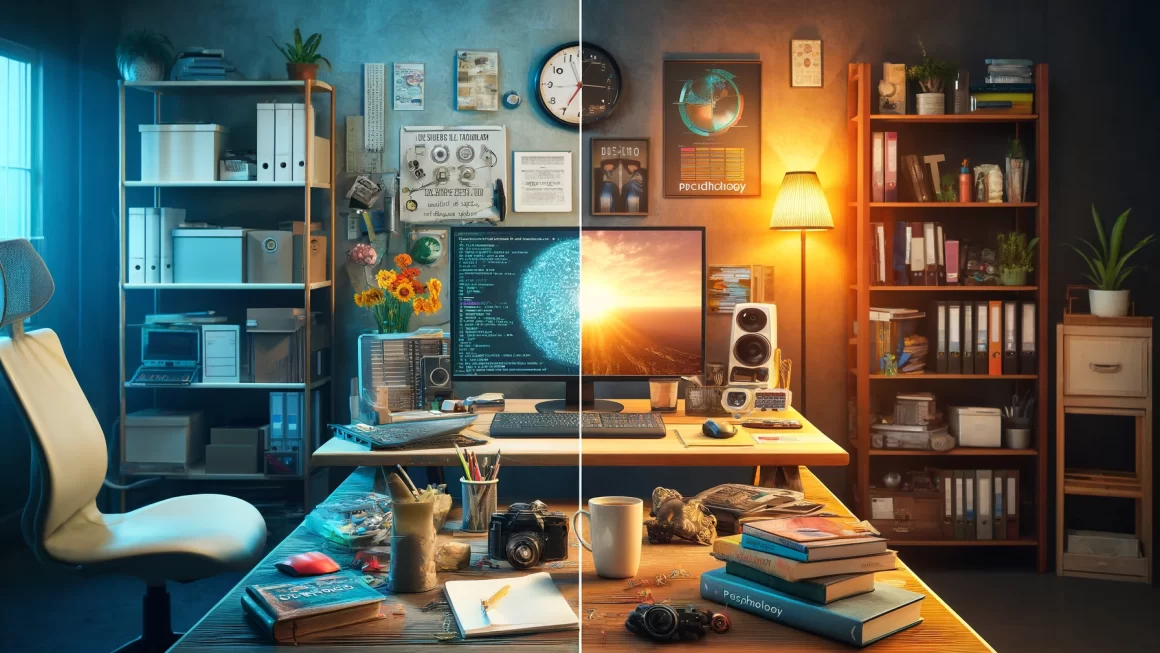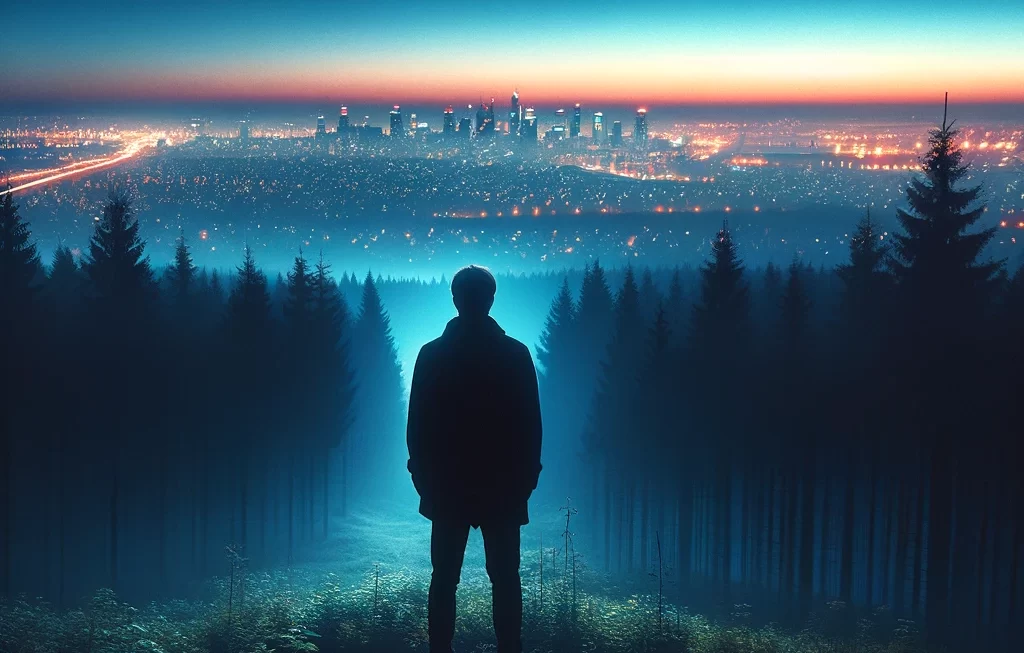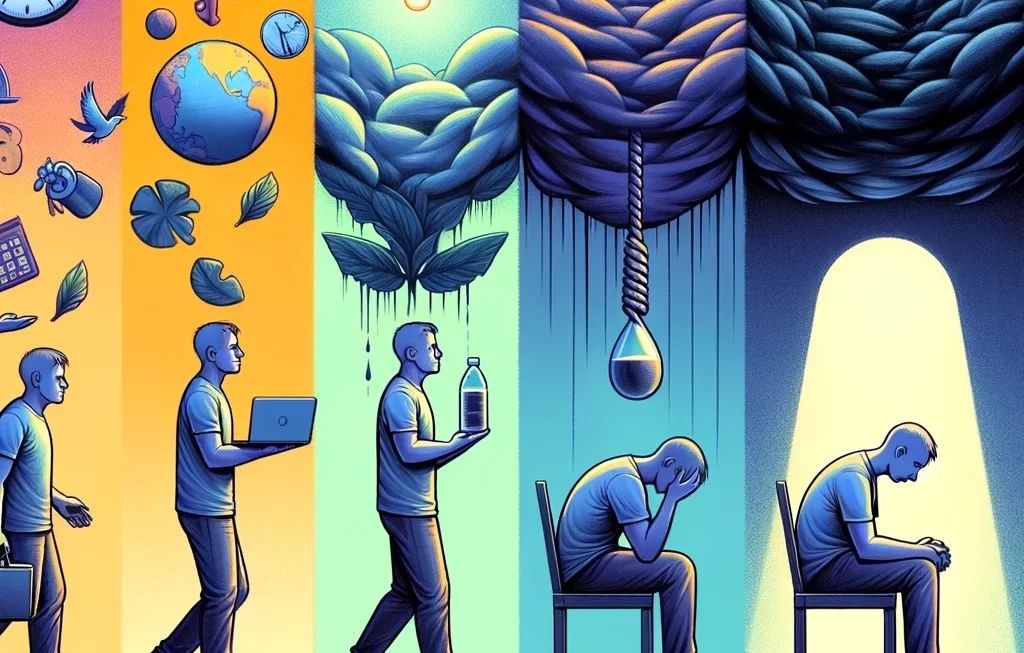Human vision is a complex process that enables us to interpret and interact with our surroundings. It’s fascinating how our eyes and brain work together to create a three-dimensional perception from two-dimensional images. This process involves various visual cues, which are broadly classified into two categories: monocular and binocular cues. In this article, we’ll delve into the intricacies of these cues, offering a clear understanding with examples.
Monocular Cues
Monocular cues are visual signals that can be perceived with one eye. These cues are crucial in providing depth and spatial understanding in our daily lives. They include:
1. Relative Size
Objects closer to us appear larger than those farther away. For instance, in a row of telephone poles, the poles seem smaller as they get farther away.
2. Texture Gradient
Textures appear denser as the distance increases. An example is observing a grass field; the grass looks more detailed nearby and progressively less detailed in the distance.
3. Interposition
When one object overlaps another, the overlapped object is perceived as farther away. A classic example is a book placed on top of another; the covered book seems behind.
4. Linear Perspective
Parallel lines, such as railway tracks, appear to converge in the distance, giving a sense of depth.
5. Light and Shadow
Shadows and light create a perception of depth, contours, and three-dimensionality. For example, the way sunlight casts shadows on a building helps us perceive its shape and depth.
Binocular Cues
Binocular cues involve both eyes and are essential in depth perception. They include:
1. Stereopsis
Stereopsis refers to the brain’s ability to combine the different views from each eye into one image, giving a sense of depth. This is why viewing a 3D movie with special glasses creates a profound depth effect.
2. Convergence
This cue is about the extent to which eyes turn inwards to focus on an object. The closer the object, the more the eyes converge. Holding a finger close to the nose and noticing the eye movement is an apt example.
3. Binocular Disparity
Each eye sees a slightly different image due to their horizontal separation. This difference is known as binocular disparity. It’s the reason why closing one eye while reaching for an object can sometimes lead to a misjudgment of distance.
Real-World Applications
Navigation and Movement
These cues aid in everyday activities like driving, where judging the distance of vehicles or pedestrians is crucial.
Art and Design
Artists exploit these cues to create depth in paintings and designs. For instance, using lighter shades to depict distant objects and darker shades for closer objects.
Virtual Reality
In VR, these cues are manipulated to create immersive 3D environments, enhancing user experience.
Understanding monocular and binocular cues is fundamental in comprehending how we perceive our three-dimensional world. These cues not only contribute to our basic visual perception but also have extensive applications in various fields, from art to advanced technology. As we continue to explore the realms of visual perception, the significance of these cues becomes ever more apparent, opening new avenues in both theoretical and practical aspects of visual cognition.




